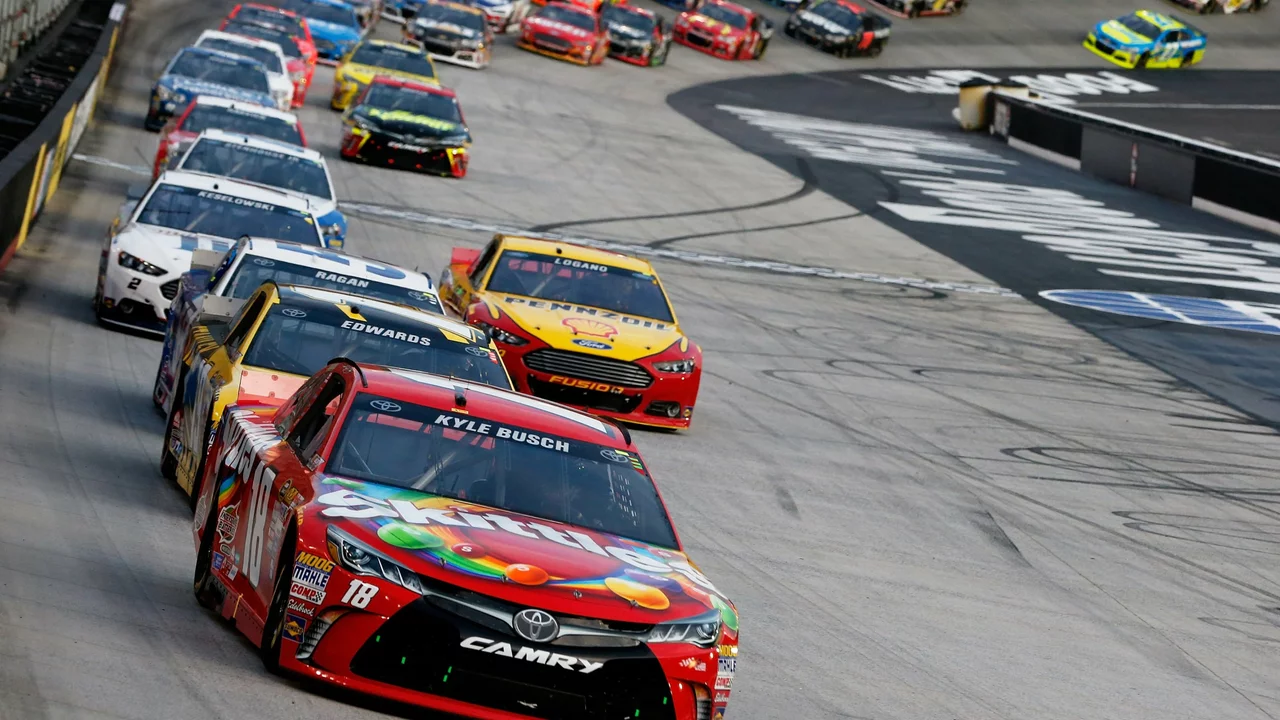In comparing NASCAR and F1 racing, there are several notable differences. NASCAR races primarily take place on oval tracks, whereas F1 courses are more intricate and varied. The cars themselves also vary greatly, with F1 cars being lighter, more aerodynamic, and designed for speed, while NASCAR vehicles are heavier and built for endurance. The strategies and skills required for each type of racing are also distinct, with F1 placing a greater emphasis on precision and technical driving, while NASCAR values drafting and overtaking. Finally, the two sports have different origins and fan bases, with NASCAR being predominantly popular in the US and F1 having a global following.
Comparison Hub: Quick Picks for Motorsport Fans
Ever wonder how a Formula 1 car stacks up against a MotoGP bike? Or why Audi dominates Le Mans compared to other manufacturers? This page gives you fast, side‑by‑side look‑ins on the biggest racing topics, so you can grab the key points without wading through endless articles.
Why Comparisons Matter in Racing
Racing isn’t just about speed; it’s about tech, strategy, and culture. When you compare two series, teams, or drivers, you spot the strengths that make each unique. A clear comparison helps you decide where to bet, which races to watch, or which car tech might trickle down to road cars.
Take the difference between European circuits and American ovals. European tracks demand downforce and precision, while ovals focus on top‑end horsepower and drafting. Knowing those contrasts instantly tells you why a driver like Lewis Hamilton shines on twists and why a NASCAR star dominates the straight‑aways.
Fast Comparisons You’ll Find Here
Formula 1 vs. MotoGP: F1 cars batch 1000 hp from hybrid power units, hitting 200 mph. MotoGP bikes are lighter, reach 220 mph, but rely on rider skill to stay upright. F1 leans on aerodynamics; MotoGP is all about body positioning.
Audi at Le Mans vs. Other Manufacturers: Audi’s secret is a hybrid system that balances power and fuel‑saving efficiency, letting them run longer stints. Competitors often push raw power but pay the price with extra pit stops.
NASCAR vs. IndyCar: NASCAR runs big V8 engines on ovals with a focus on endurance. IndyCar mixes road‑course agility with turbocharged engines, offering a blend of speed and handling that F1 fans love.
Each article on this tag breaks down the specs, the race‑day tactics, and the fan experience. You’ll get bullet‑point pros and cons, plus a quick verdict – perfect for a coffee‑break read.
Got a favourite matchup in mind? Use the search bar to pull up specific side‑by‑side articles. Whether you’re betting on the Packers vs. Commanders or debating why Europeans view NASCAR a certain way, our comparison hub has the snapshot you need.
That’s it – no fluff, just the facts you care about. Dive into any comparison, get the takeaways, and feel ready to talk shop with fellow fans the next time you’re at the track or scrolling online.



